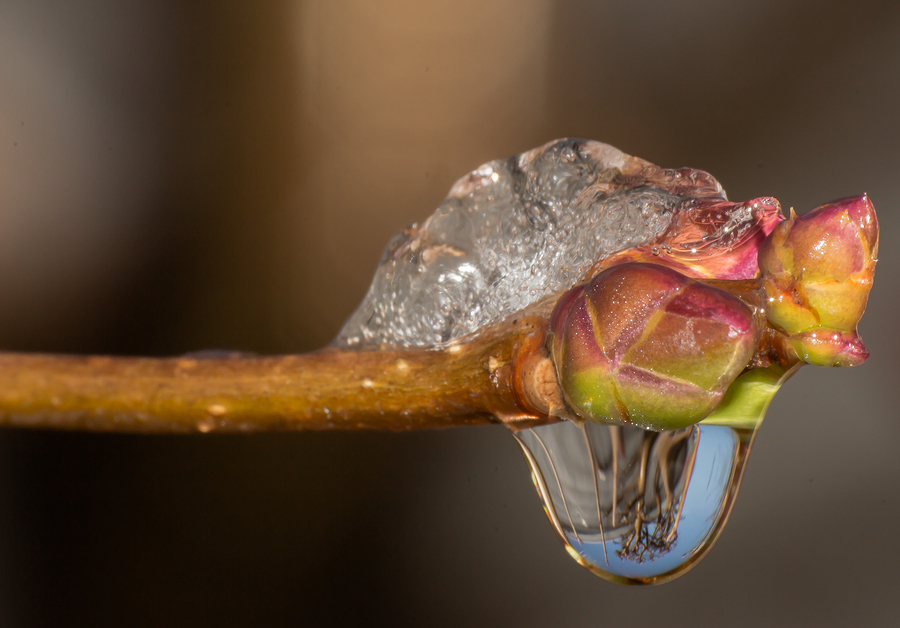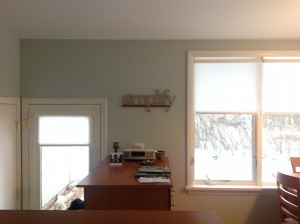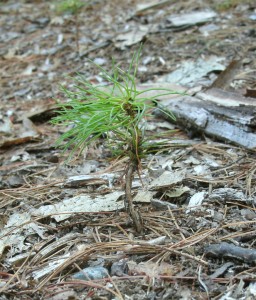There is, this morning, the long-running voice of water on tin as the snowmelt falls from the gutter through its metal pipe to ground. Our intense winter gives up its ice grudgingly, but the morning sun says it must, and even ice can’t sass the sun on this 50-degree day.
Ice and water are on my mind because I’ve been thinking back to the work of teaching. The catalyst is an essay written by a former student, now in college, and sent on at my request. Scott recently reread Walden as part of his studies, and I had wondered in a note what struck him on this pass through. My experience has been that Walden is that rare book that bears rereadings across time and human ages.
So, this morning, as the water ran, I settled into a chair and read Scott’s essay. It was – no surprise to me – insightful and clearly written, but beyond that I was taken by its range. Here was writing that suggested that, for Scott, Walden had become a world in which he was free to wander, that the knottiness of its sentences and propositions had given way to a sort of landscape to be sauntered, known and drawn upon easily.
My experience reading Scott’s work made water of another sort of ice – a teacher’s sense of what happens when his students read a long-studied work freezes at the moment of teaching, in the memory of class. But, of course, students move on, flow on; in truth, there is no ice, no fixed sense, at all in their readings. And I have been reminded of this by the morning work of Scott’s words. A paragraph that makes good sense of Thoreau’s “spring work,” his house-building at Walden Pond follows.
May each of you find the flow of spring in your own mornings these days; it seems, as Thoreau knew, just the right time to construct another year.
“The remade origin-myth of Walden Pond runs parallel to the autobiographical account of how Thoreau set up housekeeping there. The communicative closeness with divinity that Thoreau feels so intently during his recorded year is an outgrowth of the etiology that he forms for his “experiment.” It is not incidental that he begins to build a house “near the end of March,” at a time when the “torpid state” of wintertime transforms into a “higher and more ethereal life”; here begins the narrative of seasonality at Walden, which will conclude itself by coming into the same springtime which nurtures Thoreau’s optimistic impulse. As springtime is the morning of the year, it shares the sanctity of the antemeridian hours. “What should be man’s morning work in the world?” Thoreau asks, fervently, in “Economy.” “Morning work” is both sanctified and sanctifying, and what Thoreau chooses to do in the morning – to build a house and thus found his experiment – gains an equally spiritual dimension. Emerson posits, “The knowledge of man is an evening knowledge, vespertina cognitio, but that of God is a morning knowledge, matutina cognitio.” To work in the morning is hence a higher calling which begets a superior form of understanding. House-building, a seemingly human activity, nevertheless has the potential to make Thoreau conversant with the higher truths of divinity. Long after the house is finished, in “The Pond in Winter,” Thoreau recounts that after a turbulent sleep, “I awoke to an answered question, to Nature and daylight.” This is the “morning knowledge” which he has gained, and for which the pond has acted as an intermediary between his human, questioning state and the godly answer.” – Scott Berkley




